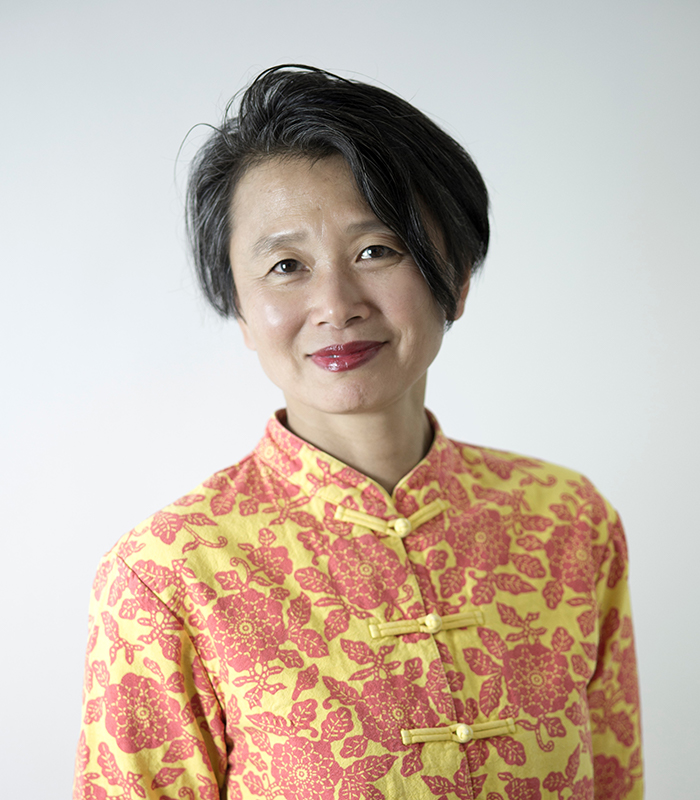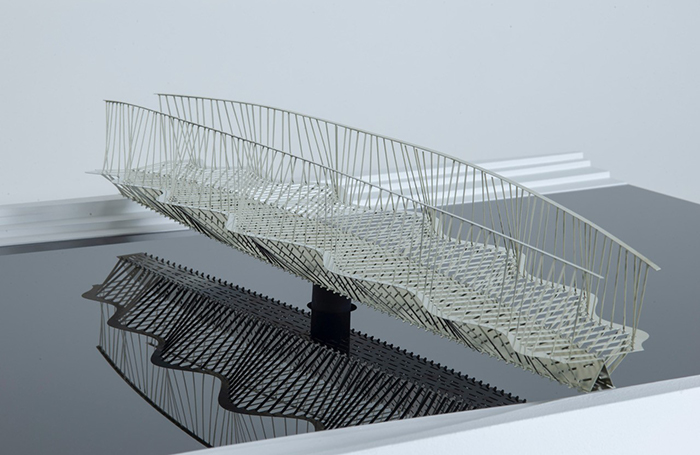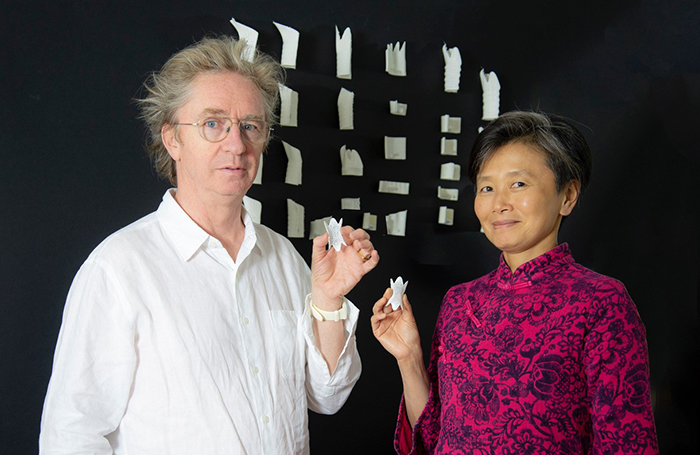Anna Liu, Director of Tonkin Liu, won the 2018 Stephen Lawrence Prize for Old Shed New House. We interviewed her for our BAME Award Winners campaign.
"When I started, I sent out maybe 100 letters to companies I found in the Yellow Pages in New York City. This was 1987: I was a young graduate with a liberal arts degree, with no architectural background. But I had discovered architecture a year before, and I wanted to pursue it. I was grateful to land a junior drafts person job in a huge company, and l learnt how to draw with a para-line ruler and draft renovation details – basic things. I worked for a couple of years then managed to get back to school to study architecture."

"My greatest achievement is to have discovered architecture for my life. Architecture is a type of work that keeps unfolding and enriching our lives as we grow older. As a practice, we’ve won 17 RIBA Awards — we’re really proud of this. It does help, in terms of peer recognition, but also client recognition. We’ve tried our hands at many ways of building, and over the years we have built up experience in all of them, so I’m excited about taking them forward into future projects and delivering them. We would also love to tackle climate change issues in an innovative and cross-disciplinary way, because it is something that we all need to put our hearts and minds to.
As a practice we continue to broaden the definition of architecture. It can be said that I am a woman practicing in the margin of the margin of our profession. This has been the biggest challenge. Thankfully, as we grow older and gain more experience, particularly when we persevere with projects that we really believe in, and we deliver, and we learn from what we deliver, we grow in confidence. Architecture is an expansive way of looking at things and doing things. Architects have so many skills that potentially cross over into other fields — that’s where architects’ strengths are."

"The lack of impetus for BAME architects to pursue architecture stems from Architecture’s slightly illusive nature of occupying a territory between science and art, and our society’s inability to define intelligence in an imaginative way. Architecture is also about envisioning something that is not already there. Growing up in a Chinese family, there is a joke that children are told we can become “a doctor, lawyer or a 'loser'". The education system reinforces this – at a very early age we are seen as either “academic” or not, good with studying, or good with our hands. Intelligence comes in a rich variety of ways, from our hands and from our minds. Very early on, we also have to choose between science and art. We need to change this linear and narrow way of assessing intelligence in the early years. Architecture is not seen as a well-respected academic pursuit, nor a clear-cut, safe vocational path. This perception needs to be improved, otherwise it’s hard for BAME architects — particularly families who aren’t necessarily from a financially privileged background — to justify pursuing a career that’s not necessarily a smooth path.
I would like to make sure that people value architecture and understand the process architects go through to design a building and how also, in turn, architects embrace this process to apply it further afield. We continue to broaden the definition of architecture and therefore invite more people into the dialogue of architects. People are realising, particularly with digital tools, that we can collaborate in a very seamless and close-knit way. We increasingly see young architecture graduates trying new things that are not the conventional architectural practice. This is about defining the things that matter to each of us, finding the right people to help tackle these, and applying our architectural skills to the architecture as well as the wider world."
"I see students when they’re stressed with work and projects probably forgetting what makes them happy and what really drives them, and that’s really important to put back in. We can’t put out unless we are also putting in ! In recent years, my partner and I — partners in work, teaching, and in life together — have realised how important it is to “feed our souls,” to inject new things that make us happy, things that inspire us. Creative practices are all about putting out for people to see, to critique, acknowledge, perhaps to love. It is a very all-consuming process. It is therefore important to also regularly halt and “top-up” that well of input - a walk in the woods, a trip to the gallery, stopping to look at leaves, whatever brings joy to each of us."










